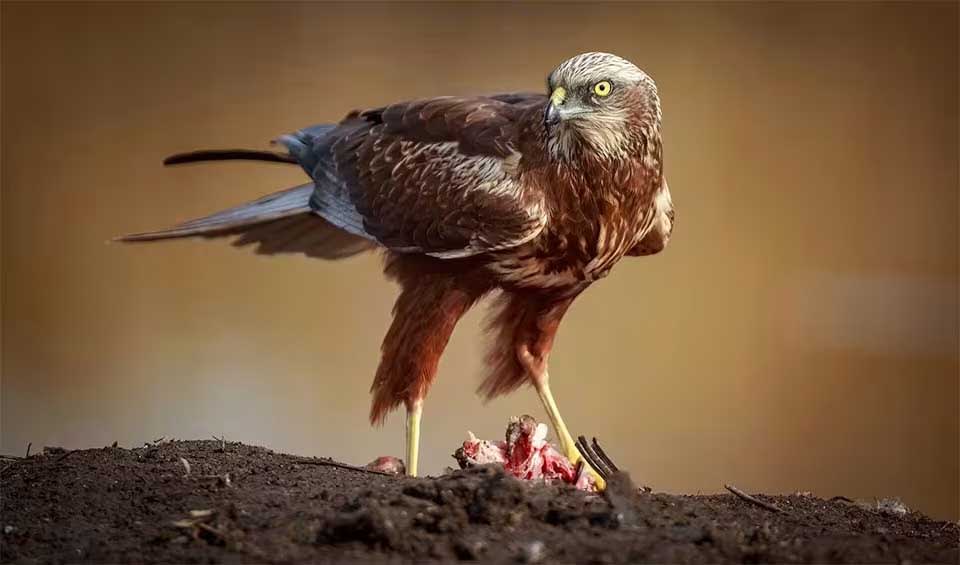Circus – Harriers
The undefeated lords of the marshes
Harriers are a distinctive group of hawks known for their specialized hunting techniques and adaptations to open habitats like marshes and grasslands. The genus Circus is commonly associated with these slender, medium-sized raptors with a unique owl-like facial disc, which aids in their acute hearing—unusual for diurnal raptors.
Harriers are characterized by their long wings and tails, which provide exceptional maneuverability and endurance during flight. This is particularly beneficial for their low-flying hunting strategy, where they glide just above the ground, using both vision and hearing to detect prey. Their flight is buoyant and can seem almost effortless as they patrol their territories for small mammals, birds, and insects.
The birds’ plumage plays a key role in their survival. It often features cryptic coloring that allows them to blend into the grassy or reed-filled landscapes they inhabit. The paler underparts with barred patterns on the underwings of many harrier species serve as camouflage against the sky when viewed from below, making it difficult for prey to spot them against the light.
Harriers are known for their migratory behavior, with many species undertaking long journeys between their breeding grounds in the northern latitudes and wintering areas further south. These migrations are often dictated by food availability and the harshness of the winter season in their breeding ranges.
Sexual dimorphism is pronounced in harriers, with females typically being larger and more robust than males—a trait known as reversed sexual size dimorphism. This size difference may relate to females needing additional reserves for egg production or may allow pairs to exploit different prey niches, reducing competition for food.
The nesting habits of harriers are also unique. Rather than nesting in trees, many species build their nests on the ground in dense vegetation, which provides cover from predators.
Species in this genus
Western marsh harrier
The yellow-eyed devil


